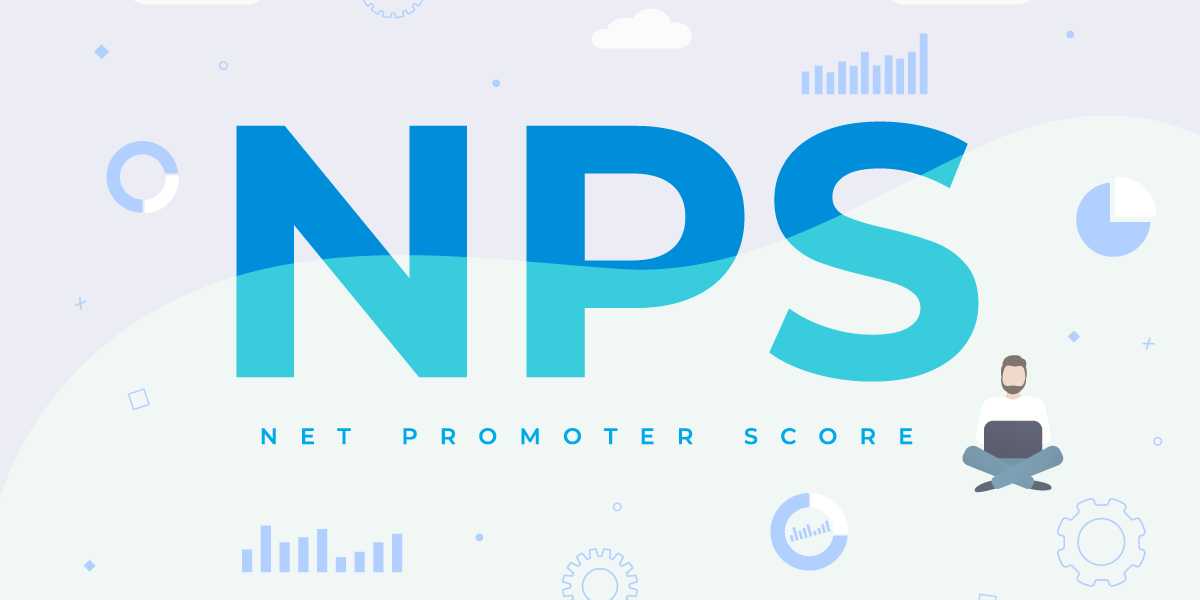When you’ve poured your time and money into creating a marketing strategy, you want to make sure your message resonates with your target audience and potential customers. This is where communication generally comes in; unfortunately, the skills required to communicate have rendered it something of a lost art. If you cannot communicate your message to your audience, they will become confused and even averse to you and your company.
Now, if your audience grows, their varied preferences and opinions can put even the best-laid plans at risk of irrelevance.
Enter market segmentation. Segmentation is a strategy that focuses on individual customer segments, allowing you to better identify and satisfy their specific needs. It shows your potential customers that you understand them and know what they need to be successful by crafting tailormade experiences designed to appeal to them.
There are four types of market segmentation. Let’s take a look at them.
Demographic
Demographic market segmentation is focused on who the customer is, but the traits that are focused on depends on whether your business is B2B or B2C. For the B2Bs, the traits are likely to feature industry type, company size, time in position, and role. B2Cs include demographic traits like age, education, gender, occupation, income, and family status.
An example of demographic market segmentation in action is if you sell a high-end item, you may want to segment your audience based on a high household income. When you use these traits, you should be able to increase customer retention and loyalty. You’ll also never waste your time, money, and resources on an audience who will never purchase a product nor service from you.
Geographic
Geographic market segmentation allows you to split your audience based on where they are located. This is particularly useful when the location of customers plays a large (or even a decisive) role in their overall purchase decision. Traits to focus on for this segment include region, continent, country, city, and district. You can also use proximity to a specific market to segment your audience.
Geographic segmentation is popular because most customers are almost always influenced (even a little) by where they live. Customers who live in different regions, globally or nationally, will have different needs which can be precisely targeted in a marketing campaign. This is also largely considered the easiest type of segmentation to work through.
 Segmentation focuses on individual customer segments, allowing you to identify and satisfy their needs.
Segmentation focuses on individual customer segments, allowing you to identify and satisfy their needs.
Psychographic
Psychographic market segmentation is designed to separate the audience based on their personalities. This segmentation type required extensive research because identifying demographics based on personality is somewhat subjective. So, if you’re interested in using this form of segmentation, you should look for information concerning your audience’s lifestyle, attitudes, interests, and values.
When pursuing psychographic segmentation, it’s recommended that you cover several traits when strategizing your approach so you don’t miss a perspective that your audience may have. While the research associated with this approach is rigorous, the results can be rewarding: it’s more likely that the individuals to whom your marketing efforts appeal will be more likely to have a long-term loyalty to your brand.
Behavioral
Finally, behavioral market segmentation divides your whole audience based on their previous interactions with your brand. Some of the main traits to consider within this segmentation type includes product knowledge, purchase patterns, awareness of your business, and product rating.
Imagine a restaurant which has different menus for lunch and dinner and they compare purchase patterns between the lunch and dinner audiences. The restaurateurs may compare purchase patterns to decide if lunch menu items may be more popular if they were moved to the dinner menu, for example. Using this data, the restaurant can improve their menus and more effectively meet their audience’s needs.
Now that we’ve looked at these types, the next step would be to implement one. A good segmentation analysis should always meet these four criteria:
- Measurable: variables are directly related to purchasing the product.
- Accessible: identify characteristics that matter to the audiences which you can also meet.
- Substantial: make sure that the market segment is large enough to actually make purchases. Avoid the temptation to break down the audiences into minutia.
- Actionable: the market segment should produce a differential response when exposed to the market offering.
Regardless of how you segment your audience, you will find that it delivers a more targeted, meaningful approach that results in customers who buy more and stay with you longer. There’s no doubt about it – segmentation works.





